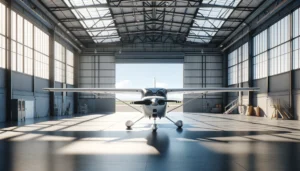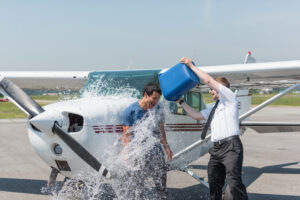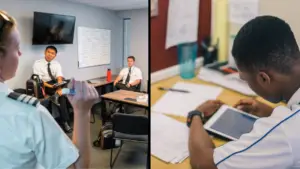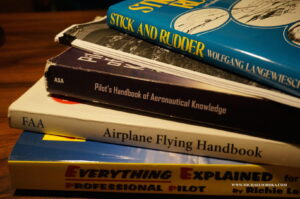Sport Pilot vs Private Pilot – Everything You Need To Know
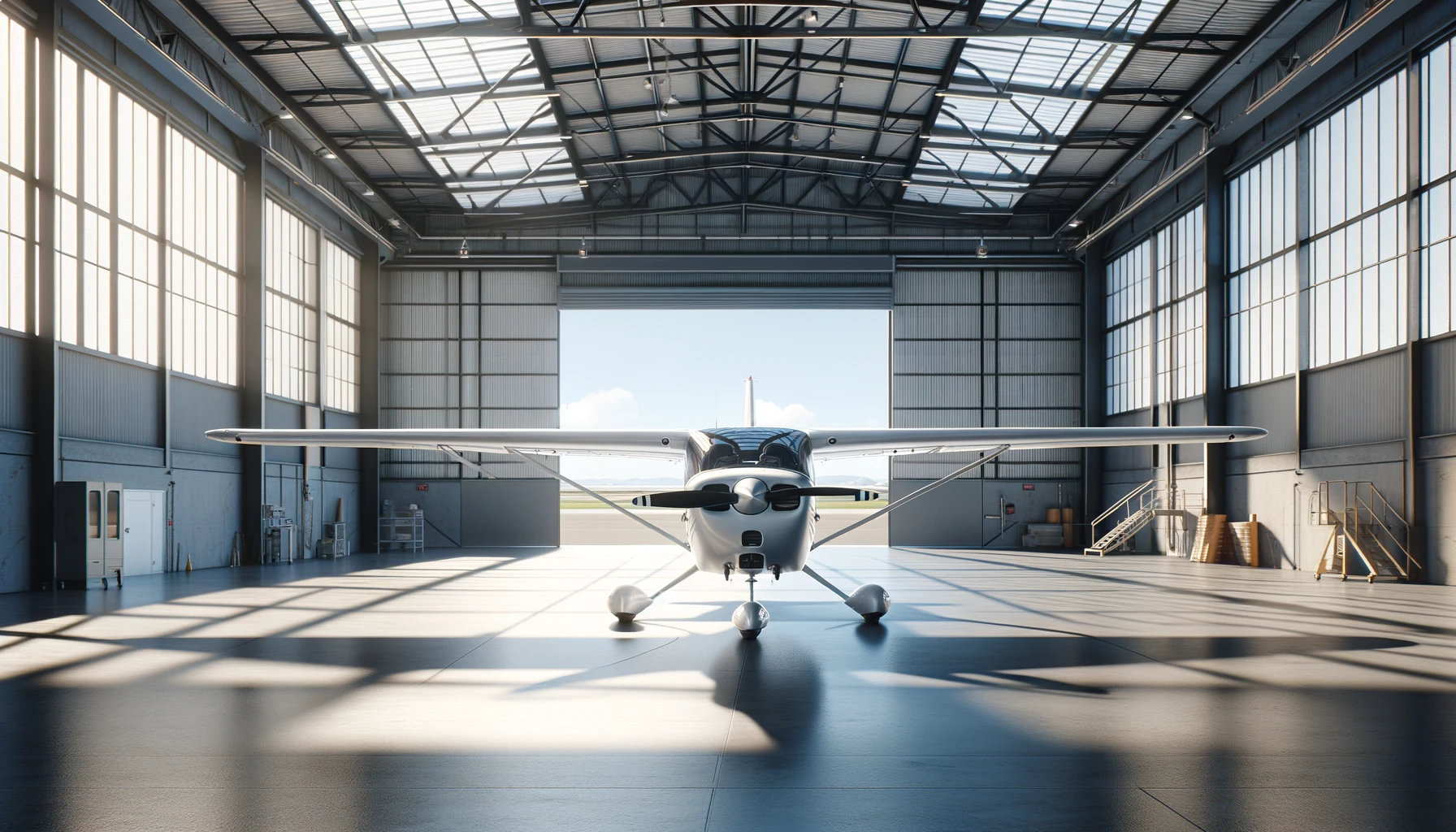
Choosing between a sports pilot and a private pilot license is significant for aviation enthusiasts. It’s a choice that sets the trajectory for one’s flying journey, influenced heavily by personal goals, time, and financial resources.
Understanding the key differences, especially in terms of license requirements and costs, is crucial.
This sport pilot vs private pilot exploration will illuminate the paths for aspiring pilots, aiding them in making an informed choice that aligns with their aspirations and lifestyle.
What is the difference between a sport pilot and a private pilot?
The primary difference between sports and private pilots is their training requirements, aircraft limitations, and flying privileges.
According to the Federal Aviation Administration (FAA), a sports pilot requires less training (a minimum of 20 flight hours) and is limited to flying light-sport aircraft during daytime and in good weather, while a private pilot undergoes more extensive training (a minimum of 40 flight hours), allowing them to fly a wider range of aircraft under varied conditions.
This distinction is crucial for aspiring pilots in choosing the path that aligns with their aviation goals and interests.
POSITIVES
- In depth equivalent to a college semester in aviation
- Lifetime access and complimentary eBooks
- Rod Machado simplifies and enlivens complex aviation topics.
- Use code ANZE-15%OFF to get 15% discount
Breaking Down License Requirements
Sport Pilot License Requirements
Aspiring sport pilots must complete at least 20 flight hours, including solo and instructor-led sessions. This training provides a solid foundation for flying light-sport aircraft, emphasizing safety and basic piloting skills.
The eligibility criteria are less stringent than for a private pilot, often not requiring a full medical examination, making it an appealing option for those seeking a simpler route into the skies.
Private Pilot License Requirements
The curriculum covers advanced flight maneuvers, emergency procedures, and a deeper understanding of aviation regulations. Prospective private pilots must pass a rigorous written examination and a medical fitness test.
This route is tailored for individuals looking to delve deeper into aviation, equipping them with a skill set for more complex flying scenarios.
Cost Analysis: Sport Pilot vs Private Pilot
Sport Pilot License Costs
The financial commitment for a sports pilot license is generally lower than that for a private pilot license. On average, candidates might expect to invest between $3,000 and $6,000 for their training and certification.
This cost encompasses flight instruction, aircraft rental, and examination fees. The affordability of this license makes it a popular choice for those looking to enjoy the pleasures of flying without a significant financial burden.
Private Pilot License Costs
However, pursuing a private pilot license requires a larger financial investment, often ranging from $8,000 to $15,000. This cost reflects the more extensive training, longer flight hours, and additional expenses such as advanced educational materials and exams.
For those aspiring to use their license for more than recreational flying, this investment lays the groundwork for advanced pilot certifications and potential career opportunities in aviation.
Training and Aircraft Limitations
Sport Pilot Training and Restrictions
The training for a sports pilot license is centered around light-sport aircraft, which are smaller and generally easier to operate.
Sport pilots are restricted from flying these aircraft, which limits their carrying capacity and operating conditions, such as flying only during daylight and in good weather.
Despite these limitations, the training offers a solid foundation in flying, instilling confidence and proficiency in piloting light-sport aircraft.
Advanced Training and Privileges for Private Pilots
Training for a private pilot license is more rigorous and comprehensive. It opens the door to flying a wider range of aircraft, including larger and more complex models. Private pilots can fly at night and in a broader range of weather conditions, thanks to their advanced training in navigation and meteorology. This level of training enhances a pilot’s skills and expands their horizons regarding where and how they can fly.
Time Commitment: Sport vs Private Pilot
The time commitment for acquiring a sport pilot license can be as little as a few weeks, given its fewer training hours. It’s an ideal path for those looking to quickly get into the air without a long-term training commitment.
The private pilot license, however, demands more time, often several months, due to its extensive training requirements. This investment in time is essential for those who view flying as more than just a hobby and possibly a career.
Personal Considerations in Choosing Your Path
When choosing between a sports pilot license and a private one, aligning the decision with your personal goals and lifestyle is crucial. A sport pilot license is a great choice if your main objective is to enjoy flying in a casual and less demanding context. It allows for a quicker and less expensive path to start flying. This license is perfect for those who want the thrill of flying without the complexities of more advanced aviation skills.
However, the private pilot license is more appropriate if you aim for more in-depth flying experiences, such as long-distance travel, or consider an aviation career. This license sets the stage for more advanced flying capabilities. It offers a broader range of possibilities, including upgrading to commercial pilot certifications or exploring different types of flying.
The long-term implications of each license also play a significant role in your decision. A sport pilot license, while convenient, offers limited opportunities for growth in skill development and restricts the types of aircraft you can fly.
In contrast, a private pilot license opens up a wider range of flying opportunities and is a stepping stone for further advancement in aviation. This choice can significantly impact your future in aviation, whether you see flying as a hobby or a potential career path.
Sport Pilot vs Private Pilot Conclusion
The choice between a sports pilot and a private pilot license hinges on personal aspirations, financial capacity, and time availability. Each path offers a unique flying experience tailored to different goals and lifestyles.
By understanding the key differences, especially in requirements and costs, aspiring aviators can make a well-informed decision that aligns with their dreams and opens up their desired path in the sky.


